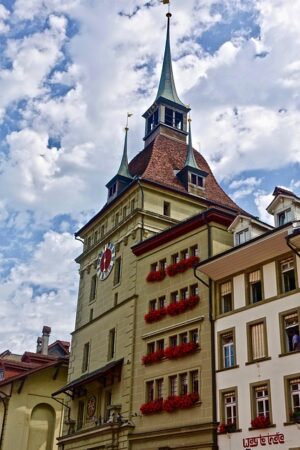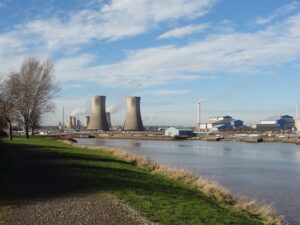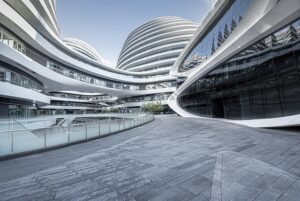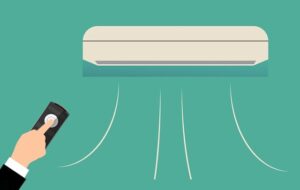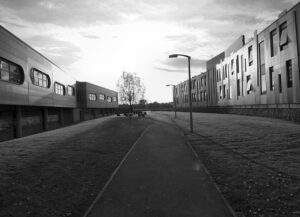Industrial unit heaters, designed for heavy-duty commercial and industrial uses, feature robust components like stainless steel and high-quality insulation to withstand extreme temperatures and harsh conditions. Key parts include heating elements, fans, and control systems managing BTU ratings. Gas and electric models distribute warmth evenly through suspended or forced air mechanisms in warehouses, manufacturing facilities, and construction sites. Longevity depends on construction quality, operational environment (temperature extremes, humidity), and strategic maintenance, including regular cleaning, inspections, and prompt issue resolution for critical components. Customizable BTU-rated gas-fired heaters and electric unit heaters offer efficient heating solutions for challenging industrial environments.
In the harsh environments of heavy-duty industrial settings, reliable heating systems are non-negotiable. This article explores the world of industrial unit heaters, delving into their intricate components and unique design considerations. We examine factors that significantly impact longevity, such as temperature control, material strength, and corrosion resistance. Additionally, we provide essential maintenance strategies to ensure your industrial unit heaters operate efficiently for years to come, ensuring optimal performance and minimal downtime.
- Understanding Heavy-Duty Industrial Unit Heaters: Components and Design
- Factors Affecting Longevity and Reliability in Industrial Heating Systems
- Maintenance Strategies for Maximizing the Lifespan of Your Unit Heater
Understanding Heavy-Duty Industrial Unit Heaters: Components and Design

Industrial unit heaters are designed to withstand the rigors of heavy-duty commercial and industrial applications. These powerful heating systems are built with robust components and a meticulous design philosophy, ensuring longevity and reliability in demanding environments. At their core, they often feature durable materials like stainless steel and high-quality insulation, capable of enduring extreme temperatures and harsh conditions found in warehouses, manufacturing facilities, or construction sites.
The key components typically include a robust heating element, a fan for efficient forced air heating, and intricate control systems to manage BTU ratings. Gas fired heaters, for instance, utilize a combustion process to generate heat, while electric unit heaters rely on electrical energy. Suspended heaters, strategically positioned, offer uniform distribution of warmth across vast spaces. These heaters are engineered to provide reliable warehouse heating or efficient manufacturing facility warming, ensuring comfortable and safe working conditions in various industrial applications.
Factors Affecting Longevity and Reliability in Industrial Heating Systems
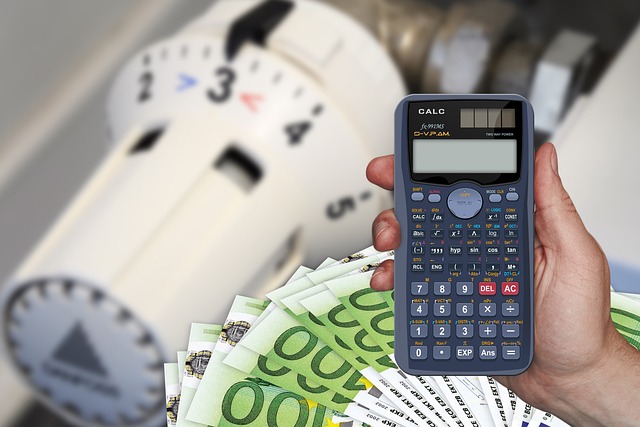
The longevity and reliability of industrial unit heaters are influenced by several key factors. One of the primary considerations is the quality of construction and materials used in manufacturing. Heavy-duty industrial heaters designed for rugged conditions incorporate robust components, such as durable steel frames, corrosion-resistant outer shells, and high-performance heating elements, ensuring they withstand the demands of various industrial applications.
Additionally, the operational environment plays a significant role. Factors like temperature extremes, humidity levels, and the presence of corrosive substances can impact heater performance and lifespan. For instance, in warehouse heating or manufacturing facilities, efficient gas fired heaters or electric unit heaters with suspended configurations and forced air heating mechanisms are employed to ensure optimal heat distribution while considering BTU ratings for specific commercial heating needs. Heavy-duty construction ensures these systems perform reliably over the long term.
Maintenance Strategies for Maximizing the Lifespan of Your Unit Heater

To maximize the lifespan of your industrial unit heaters, a robust maintenance strategy is essential. Regular cleaning and inspection are key; removing accumulations of dust and debris ensures optimal performance and prevents damage. Pay close attention to critical components like heating elements, fans, and control systems, addressing any issues promptly.
In industrial applications such as manufacturing facilities or warehouses requiring robust heating solutions, considering both gas fired heaters and electric unit heaters is wise. Suspended heaters and forced air heating systems offer efficient commercial heating options with varying BTU ratings suited to heavy duty construction projects. Effective maintenance practices will not only extend the life of these essential tools but also enhance overall operational efficiency in demanding environments.
Industrial unit heaters are essential for maintaining optimal operating conditions in various heavy-duty applications. By understanding their components, factors influencing longevity, and implementing effective maintenance strategies, businesses can ensure these heating systems provide reliable performance over the long term. Regular upkeep, proper installation, and consideration of environmental factors are key to maximizing the lifespan and efficiency of industrial unit heaters, ultimately contributing to a robust and sustainable operational environment.









